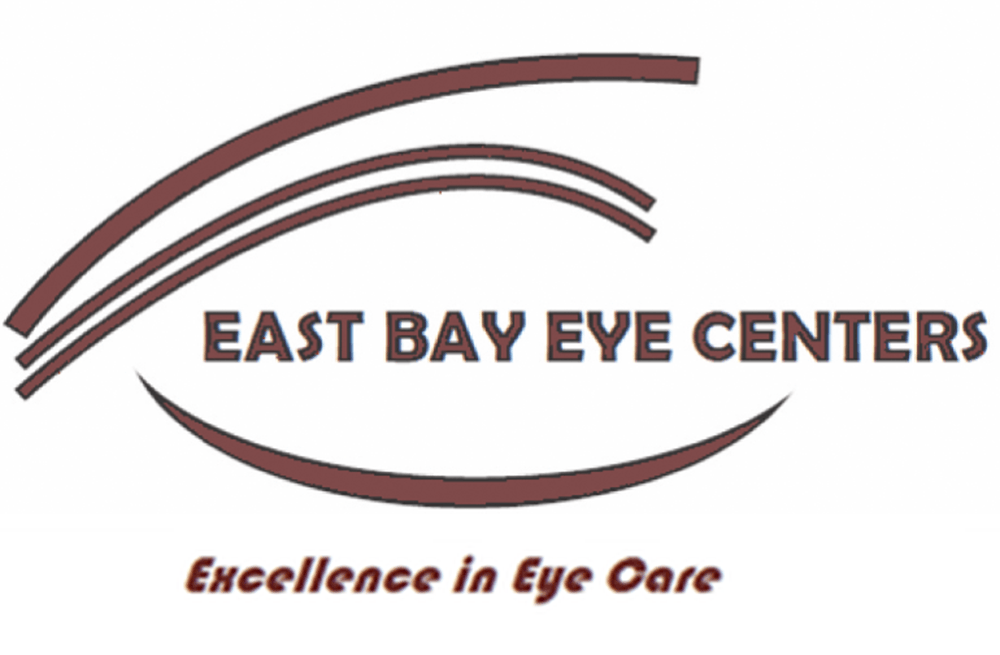Lasik
LASIK (laser-assisted in situ keratomileusis) is a sophisticated vision correction procedure that involves the use of advanced diagnostic technology and laser-guided surgical equipment to reshape the surface of the cornea (the clear outermost part of the eye). The cornea’s new shape modifies the angle at which light enters the eye, thereby improving its ability to focus images onto the retina. Laser eye surgery provides effective treatment for a range of refractive errors, including nearsightedness, farsightedness and astigmatism.
Lasik Eye Surgery is Completed in 4 Steps
- Refractive errors are analyzed
- Corneal flap is created
- The cornea is reshaped
- Corneal flap is repositioned
Analyzing the Refractive Errors
Just like a fingerprint, each patient’s eye is unique. Therefore, LASIK surgery must be customized to each patient. The first step of LASIK is to identify the patient’s unique refractive errors through the use of state-of-the-art diagnostic equipment known as wavefront technology. A wavefront analysis allows Dr. Feiz to obtain a three-dimensional map of the eye’s unique characteristics and identify higher-order aberrations, subtle imperfections that contribute to glare, halos and other vision problems.
.The diagnostic information obtained through wavefront analysis is then used to calibrate the surgical laser (excimer laser) for accurate vision correction.
Creation of the Corneal Flap
LASIK eye surgery begins with the creation of the corneal flap. A corneal flap is a thin layer of tissue that is lifted from the surface of the eye to expose the underlying cornea. To create the flap, Dr. Feiz first administers anesthetic eye drops for maximum patient comfort. Next, he uses a microkeratome (a handheld surgical device) to create the corneal flap. This part of LASIK usually lasts a few seconds, during which patients may experience slight pressure, but no pain.
Reshaping of the Cornea
Following corneal flap creation, an excimer laser (surgical laser) is used to reshape the cornea. The excimer laser delivers ultraviolet light to the eye to vaporize microscopic amounts of corneal tissue, thereby correcting visual flaws.
Replacement of the Corneal Flap
LASIK eye surgery is completed by carefully placing the corneal flap into its original position to protect the eye during recovery. Stitches are not necessary because the flap naturally bonds to the corneal tissue.
LASIK Results and Recovery
LASIK is an outpatient procedure; however, patients are not able to drive immediately following surgery. It is best to arrange a ride with a family member or a friend. Dr. Feiz recommends that patients rest for a few hours following LASIK and avoid strenuous activity for 24 to 48 hours. The life-changing results of LASIK are noticeable in the hours immediately following surgery and continue over the next several days. Most patients are able to return to work in one to two days. Medicated eye drops will need to be used for several days postoperatively to reduce any swelling and prevent infection.
LASIK Candidacy
The best candidates for LASIK are individuals who are at least 21 years old and in good health. To qualify for LASIK, a patient must have a cornea that is thick enough to be suitable for creation of the corneal flap, which can only be determined by Dr. Feiz. Individuals who are not good candidates for LASIK may choose from a range of alternative treatment options, including PRK (Photorefractive Keratectomy) and clear lens exchange.

